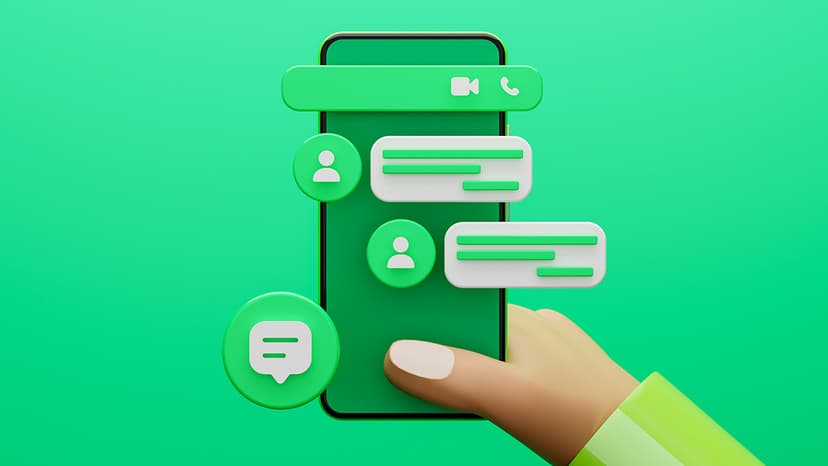The Secret Behind How Streaming Apps Avoid Apple & Google Fees
Apps like Netflix and Spotify don’t use Apple’s or Google’s in-app payment systems. Instead, they direct users to external websites to sign up or manage subscriptions. But how is this allowed under App Store and Google Play rules, especially when most digital content apps must use native billing?
The key lies in a special classification called the Reader App category—an exception introduced by Apple, and similarly recognized by Google.
What Is a Reader App, and Why It Matters
A "reader app" is defined as an app that provides access to previously purchased content or content subscriptions, including digital magazines, newspapers, books, audio, music, and video. Apple introduced this category in 2021 after regulatory pressure and developer pushback over App Store restrictions. It allows qualifying apps to offer an external link so users can create or manage an account outside the app—avoiding Apple's 15–30% commission on in-app payments.
Reader apps do not include gaming, e-learning, or productivity apps that sell digital goods. This exemption is meant for services that already offer cross-platform access to paid content, like Spotify or Netflix.
How Netflix and Spotify Handle Payments Today
On iOS, these apps don't offer in-app purchases at all. Instead, they use Apple’s external link entitlement, which allows them to show a single web link for account management or subscription setup. Apple requires apps to apply for this entitlement and follow strict UI guidelines to ensure users understand they're leaving the app.
On Android, similar rules apply, though Google has gone further by allowing some apps to use User Choice Billing—a program that lets developers offer both Google Play Billing and a third-party payment option. This is available in select regions and only for approved apps, including Spotify.
Why They Do It
Big platforms like Netflix and Spotify avoid native billing to sidestep platform fees, retain control over the customer relationship, and offer more flexible pricing and promotional options. For them, the web-based signup flow is worth the trade-off in convenience because they already have strong brand recognition and user demand.
Not Every App Can Do This
Only apps that qualify as reader apps can use external payment flows. If your app sells digital goods like in-game items or bonus content, you’re still required to use in-app purchase systems or risk app rejection.
Reader apps like Netflix and Spotify can use third-party payments through external links because they meet specific criteria set by Apple and Google. This special status isn’t available to all apps and must be used carefully to remain in compliance with platform rules.












